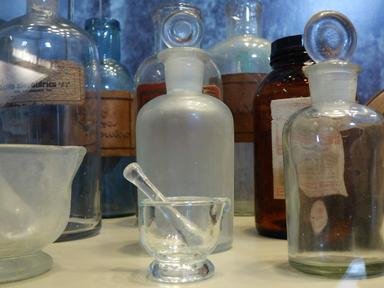Quiz Answer Key and Fun Facts
1. What common property is shared by all the noble gases?
2. Who is credited with the discovery of 4 of the 6 noble gases and the isolation of 5 of them?
3. Which of the following correctly describes the position of the noble gases in the Periodic Table?
4. Which of the noble gases was related to the International Commission on Weights and Measures' definition of the standard metre (or meter, as in the unit of length) between 1960 and 1983?
5. Which of the following is NOT among the commercial uses of helium?
6. Which noble gas is formed as a result of the decay of the radioactive elements uranium and radium? The gas itself is also radioactive, and is the heaviest of all the naturally occurring noble gases.
7. How much of the earth's atmosphere is constituted of argon?
8. Which noble gas is used to produce a reddish effect in many electrical brightly-coloured advertising banners and boards, including the famous ones in Las Vegas, USA?
9. This noble gas is used in fluorescent tubes and lighthouse lights. When in a vacuum tube and subjected to electricity, it emits a blue glow. Which noble gas am I referring to?
10. Which of the following correctly shows the noble gases in terms of their weight, in increasing order?
Source: Author
achernar
This quiz was reviewed by FunTrivia editor
crisw before going online.
Any errors found in FunTrivia content are routinely corrected through our feedback system.


